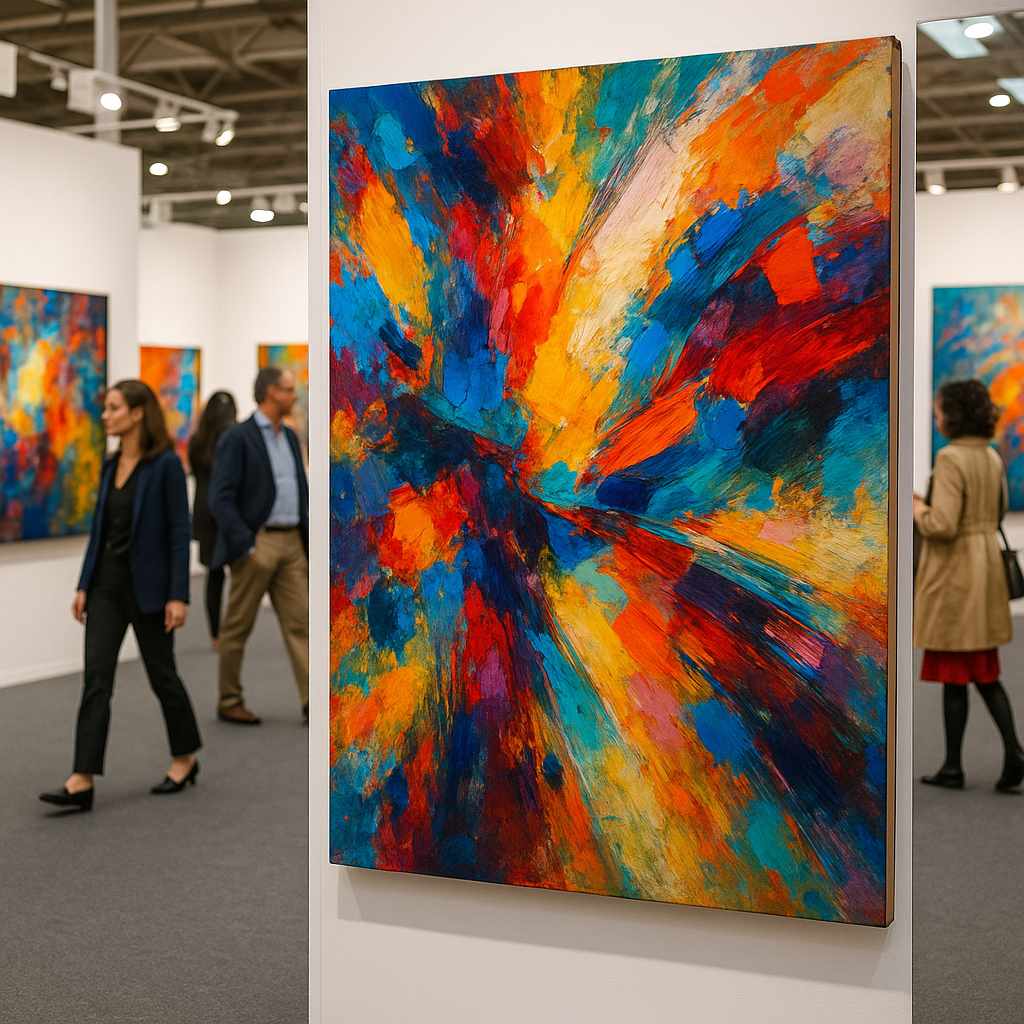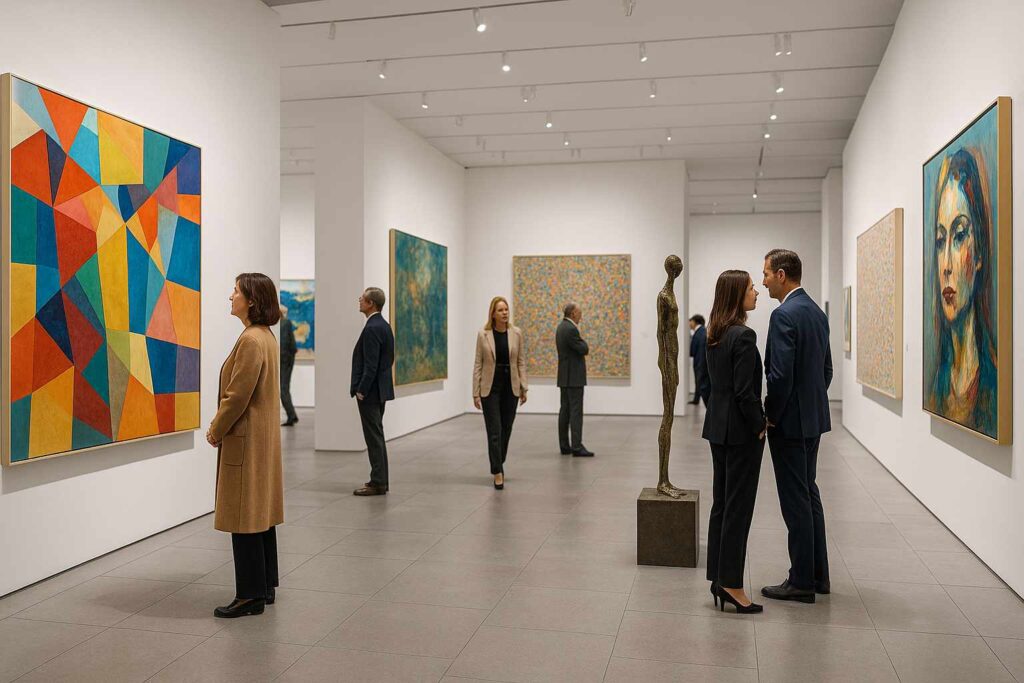Contemporary art market in the United Kingdom: why investors are turning to British works
By Eduarda Zarnott |

The contemporary art market in the United Kingdom has become one of the most dynamic and profitable arenas for global investors. London plays a central role in shaping tastes and setting values for emerging and established artists. Galleries, auction houses, and art fairs provide fertile ground for those who see art as alternative financial assets with long-term appreciation potential.
In recent years, attention to British creations has grown beyond local borders. Wealthy collectors from Europe, Asia, and the Americas have been keeping an eye on UK-based talent, driven by both artistic innovation and market stability. According to reports from Art Basel and The Art Newspaper, sales of UK contemporary works continue to climb, reinforcing the country’s importance as a global player in this lucrative sector.
British art as a financial strategy

Investors are increasingly treating art as a portfolio diversified. Unlike traditional equities or bonds, a carefully chosen piece can act as a hedge against inflation and economic downturns. The United Kingdom has developed a reputation for hosting artists whose works quickly rise in value, making it appealing to both first-time collectors and seasoned buyers.
One of the reasons for this trend is the strong infrastructure that supports creators. Prestigious institutions such as the Tate Modern and the Royal Academy of Arts not only showcase talent but also influence global demand. When artists are featured in these venues, their market value tends to surge, offering investors a clear pathway to potential profit.
The role of auction houses
Major auction houses like Christie’s and Sotheby’s, headquartered in London, amplify this momentum. Their regular sales highlight both established masters and younger talents, often generating international headlines when records are broken. High-profile auctions give investors confidence that liquidity exists in this market, making art a more viable asset compared to other collectibles.
Furthermore, these houses provide transparency through publicly accessible databases, allowing potential buyers to analyze trends and price histories. For investors accustomed to data-driven decisions, this visibility reinforces the sense that the UK’s art scene is not only about passion but also about measurable returns.
Global attention on emerging British artists
Another key driver is the rise of new British voices in contemporary art. These creators, often influenced by multicultural perspectives and digital innovation, are gaining rapid recognition. Collectors and investors are eager to acquire works early in an artist’s career, knowing that international exhibitions or critical acclaim can quickly multiply their value.
The UK also benefits from its deep and historic connection to global markets. British galleries often collaborate with international partners, ensuring that emerging talents are introduced to audiences far beyond Europe. This cross-border exposure strengthens the reputation of the UK as a launchpad for artists with global potential.
Cultural value and prestige
Beyond numbers and financial gains, owning British art carries prestige. Collectors often emphasize that art is not only an investment but also a cultural statement. The combination of heritage, innovation, and artistic diversity positions the United Kingdom as a source of works that can elevate both private collections and public reputations. For this reason, many investors see British works as long-term cultural capital that transcends financial returns.
A market shaping culture and capital
The contemporary art market in the United Kingdom illustrates how culture and finance intersect. For investors, it offers a unique chance to combine passion with profitability, backed by a robust institutional ecosystem and global credibility. As British artists continue to push boundaries, and as auction houses provide platforms for international exposure, the appeal of these works is unlikely to fade.
Ultimately, whether driven by financial strategy or cultural prestige, the UK’s art sector demonstrates why it remains one of the most attractive, stable, and resilient arenas for investors worldwide. For those looking to diversify portfolios while engaging with creativity, the British market stands out as a compelling destination.


